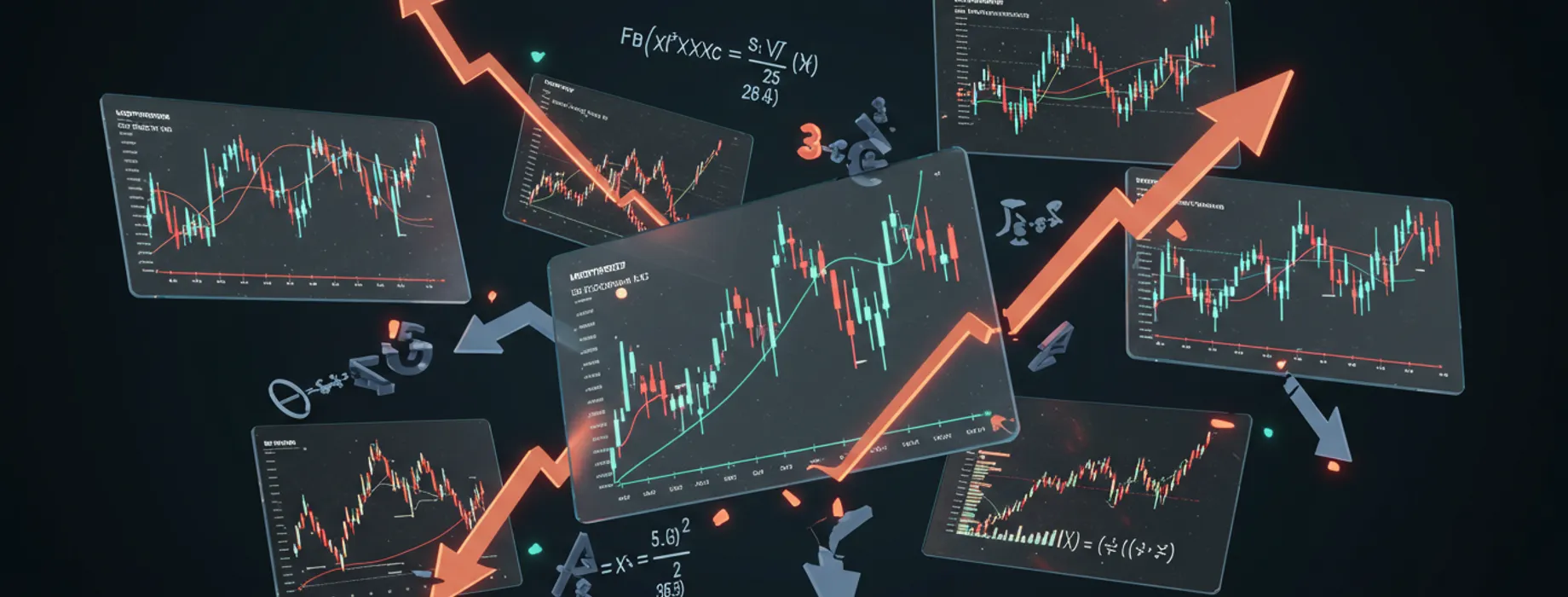- DRL models can analyze a variety of data inputs, such as historical prices, market sentiment, and economic indicators, providing a comprehensive view.
- They continuously learn from past trading outcomes, both successful and unsuccessful, refining strategies over time.
- These models are adept at adapting to new market conditions, reducing the risk of strategy obsolescence.
Reinforcement Learning Trading: Transforming Financial Strategy

This innovative approach is significantly transforming the landscape of financial markets by leveraging advanced algorithms to optimize trading strategies. This article delves into the intricacies of reinforcement learning for trading, highlighting its potential benefits and challenges, while offering practical insights for traders and investors.
Article navigation
- Understanding Reinforcement Learning in Trading
- Deep Reinforcement Learning for Trading
- Advantages and Challenges of Reinforcement Learning Trading
- The Role of Pocket Option in Reinforcement Learning Trading
- Practical Applications and Scenarios
- Interesting Fact
- Comparing Reinforcement Learning and Traditional Trading Methods
- Future Trends in Reinforcement Learning Trading
Understanding Reinforcement Learning in Trading
This groundbreaking approach utilizes machine learning techniques to make informed trading decisions. By interacting with the financial market environment, RL algorithms aim to maximize cumulative rewards, adapting strategies to ever-changing conditions. This is in stark contrast to traditional trading methods, which often rely on static, predefined rules. RL’s adaptive nature makes it particularly effective in the dynamic world of finance.
Deep Reinforcement Learning for Trading
Deep reinforcement learning represents the next evolution in financial strategy. By combining deep learning with reinforcement learning, DRL models can handle immense datasets, identifying intricate patterns and making rapid, informed decisions. This capability is crucial for trading, where speed and accuracy can mean the difference between profit and loss.
Advantages and Challenges of Reinforcement Learning Trading
While offering numerous benefits, this approach also presents certain challenges. Here’s a more detailed look:
| Pros | Cons |
|---|---|
| Adaptive and scalable strategies | Requires significant computational resources |
| Ability to process large datasets | Complexity in model training |
| Continual learning and improvement | Potential for overfitting |
| Increased accuracy and speed | High initial setup costs |
Despite these challenges, the benefits, such as adaptability and scalability, make it an appealing choice for modern traders.
The Role of Pocket Option in Reinforcement Learning Trading
Pocket Option is at the forefront of implementing these strategies. By incorporating RL algorithms, Pocket Option enables traders to:
- Access advanced analytical tools that facilitate better decision-making.
- Receive real-time market insights through AI-driven models.
- Utilize an intuitive interface that simplifies the application of complex strategies.
In practice, Pocket Option allows traders to experiment with various RL strategies, enhancing their trading performance and positioning the platform as a key player in the trading technology evolution.
Practical Applications and Scenarios
These strategies can be applied across various trading scenarios, including:
- Algorithmic Trading: Automated trading systems that adapt to market conditions in real-time.
- Portfolio Management: Dynamic asset allocation to optimize returns while managing risk.
- Market Making: Using dynamic pricing strategies to enhance liquidity and reduce spreads.
For instance, a hedge fund might employ RL to adjust its strategies on-the-fly, responding to abrupt market shifts and optimizing returns. This dynamic approach can provide a significant competitive edge in fast-paced financial environments.
Interesting Fact
This concept is not just a theoretical one; it’s being actively utilized by some of the world’s largest financial institutions. Companies like JPMorgan Chase and Goldman Sachs have invested heavily in RL technologies. They integrate these models into their proprietary trading systems, highlighting the significant impact reinforcement learning is having on the financial industry. This adoption is a testament to RL’s potential in enhancing trading strategies and returns.
Comparing Reinforcement Learning and Traditional Trading Methods
Traditional trading methods and RL strategies diverge in several key areas. While traditional methods rely heavily on historical data and static strategies, reinforcement learning offers a more dynamic and adaptive approach.
| Traditional Trading | Reinforcement Learning Trading |
|---|---|
| Rule-based strategies | Adaptive, learning algorithms |
| Limited to historical data | Utilizes real-time data |
| Fixed strategy adjustments | Continuous strategy optimization |
| Manual intervention needed | Automated decision-making |
Future Trends in Reinforcement Learning Trading
The future is promising, with several exciting developments on the horizon:
- Integration with Quantum Computing: Quantum algorithms could significantly boost the processing power of RL models.
- Expansion into New Markets: Strategies are expected to expand into emerging markets and asset classes, such as cryptocurrencies.
- Enhanced Risk Management: New models aim to better predict market volatility and manage risk effectively.
Traders and investors who embrace these trends will likely enjoy a competitive advantage, leveraging the efficiencies and insights provided by reinforcement learning.
FAQ
What distinguishes reinforcement learning trading from traditional trading methods?
Unlike traditional methods, reinforcement learning trading uses adaptable algorithms capable of processing real-time data and continuously refining strategies without manual intervention, leading to more responsive trading tactics.
In what ways does deep reinforcement learning improve trading strategies?
Deep reinforcement learning enhances trading strategies by merging deep learning's data-processing capabilities with reinforcement learning's strategic framework. This synergy allows models to navigate large datasets, discern intricate patterns, and make swift, informed decisions that might elude traditional approaches.
What risks are associated with reinforcement learning trading?
Potential risks include the demand for substantial computational resources and the intricacy of training models. There's also the danger of overfitting, where models perform well with historical data but struggle with new market conditions.
How does Pocket Option leverage reinforcement learning for traders' benefit?
Pocket Option employs reinforcement learning algorithms to offer traders sophisticated analytical tools, timely market insights, and a straightforward interface, facilitating the execution of complex strategies and enhancing trading outcomes.
What future advancements are anticipated in reinforcement learning trading?
Anticipated advancements include quantum computing integration for greater processing capabilities, expansion into emerging markets like cryptocurrencies, and the development of models aimed at improving risk management through more accurate market volatility predictions.